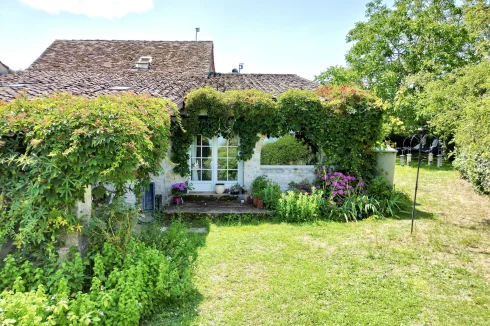New System of Business Rates
Tuesday 16 February 2010
A new system of business rates has been introduced in France that reduces the tax burden for all small and medium sized businesses.
The former taxe professionnelle was a peculiar exception française.
The formula for calculating the tax was fearsomely complex, so we will resist the temptation to describe it detail here! Schematically, 20% of the tax was based on the rateable value of the property, and 80% based on the value of the capital machinery and equipment employed in the business.
As the tax weighed primarily on capital employed, the more a company invested, the larger its tax burden! No wonder President Mitterand called it un impôt imbécile, a sentiment shared by the current incumbent President Sarkozy.
(A slightly different formula applied for self-employed professionals (professions libérales), based on a percentage of their turnover.)
Critics argued the tax has held back the competitiveness of many French companies, notably those who are capital intensive and often exposed to the pressure of international competition.
In the past 20 years the level of investment in French companies has been half that of the UK or Germany.
Several previous governments have attempted to water down the impact of the tax, but it has always come up against the resistance of local authorities (communal, departmental and regional), who depend on it for around half their income.
Neither have any of the concessions dealt with the fundamental problem of the tax, that it penalised investment.
Such has been the size of the reductions and exemptions given to companies, that in recent years the government itself has become by far the largest contributor, simply through the compensatory payments it has had to make to local authorities!
It was clearly time for reform.
'Contribution Economique Territoriale'
The abolition of the taxe professionnelle now effectively removes the second, preponderant element of the former tax, that based on capital equipment.
The new system of business rates is called the Contribution Economique Territoriale (CET), which is made up of two component parts:
- The Cotisation Foncière des Entreprises (CFE), based the rateable value of the property occupied by the business.
- The Cotisation sur la Valeur Ajoutée des Entreprises (CVAE), based on the ‘value added’ each year by the business - more or less the wealth created by the business each year, a figure which is also used to calculate liability to VAT.
The government estimates that, in total, the reform will reduce the tax burden on business by an average of 22%, which rises to 32% for industrial companies, and 42% for construction companies.
The greatest gainers will be small to medium sized businesses, as business with a turnover of less than €500K will not pay the second element of the tax. It is estimated their tax bill will go down by around 50%.
In addition, the industrial companies are granted an abatement of 30% on the rateable value of their property, against which the CFE element of the tax will be charged.
The position for those who are in one of the professions libérales remains in a state of flux, after the Constitutional Council struck out the proposed new method of business rates for this business group. A decision on their status is awaited, as the government seeks to come up with a solution.
Those who establish a new business as an auto-entrepreneur continue to benefit from an exemption from business rates for three years, provided they opt to pay a fixed standard rate of income tax each month, an option that is unlikely to be the most cost effective solution for most auto-entrepreneurs.
Given that the taxe professionnelle was such a key source of revenue for the local councils, most of the political debate and argument has been about how local councils will be compensated for the reduction in their income.
The end result is that, for the time being at least, central funds will be used to compensate any council that loses out, but only for a couple of years, until a wider reform of local government finance is introduced.
Many details of the new system have yet to be finalised, so we can expect a flood of subsiduary legislation over the coming months that ‘clarify’ the regulations that apply.
Thank you for showing an interest in our News section.
Our News section is no longer being published although our catalogue of articles remains in place.
If you found our News useful, please have a look at France Insider, our subscription based News service with in-depth analysis, or our authoritative Guides to France.
If you require advice and assistance with the purchase of French property and moving to France, then take a look at the France Insider Property Clinic.





